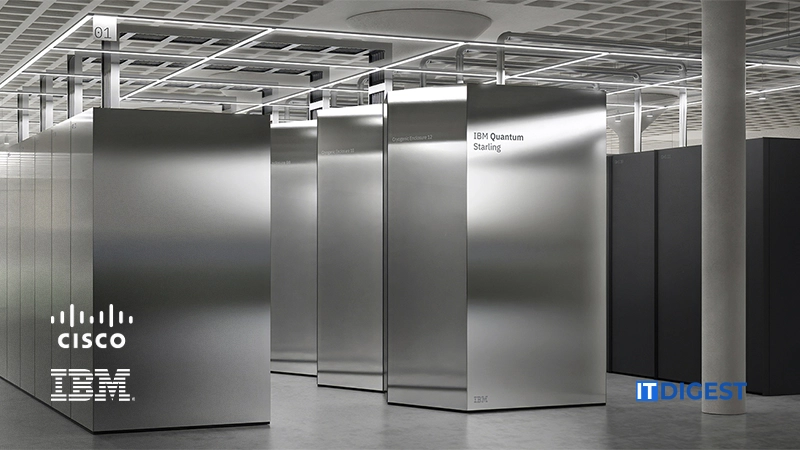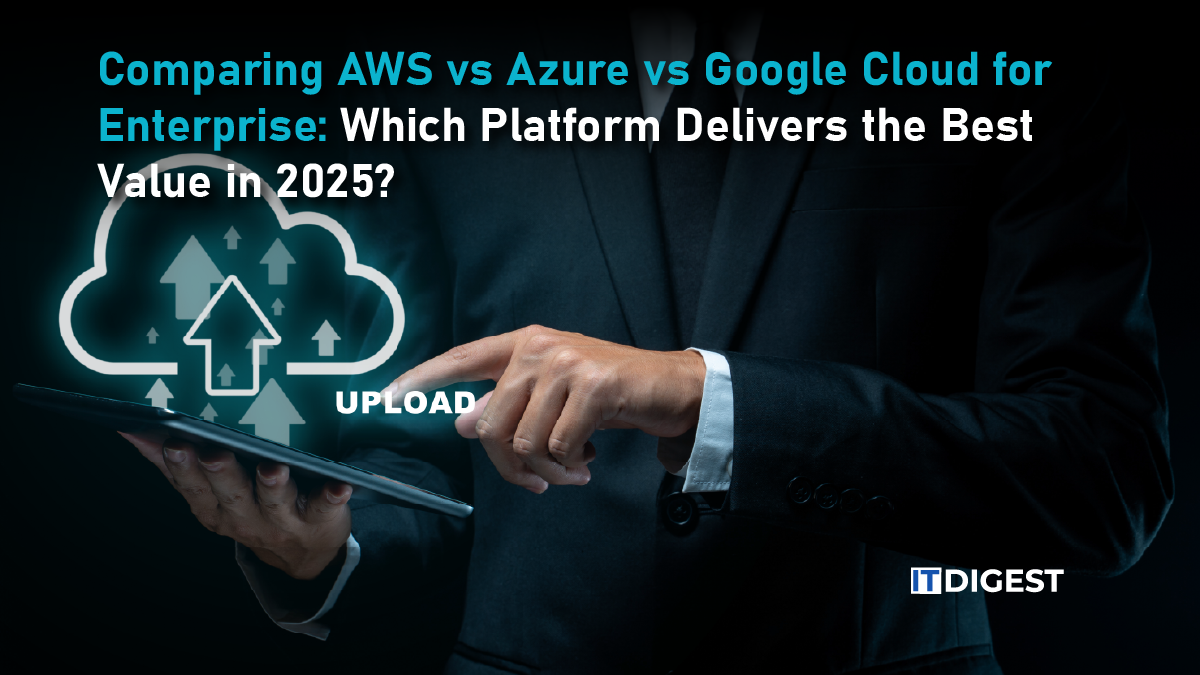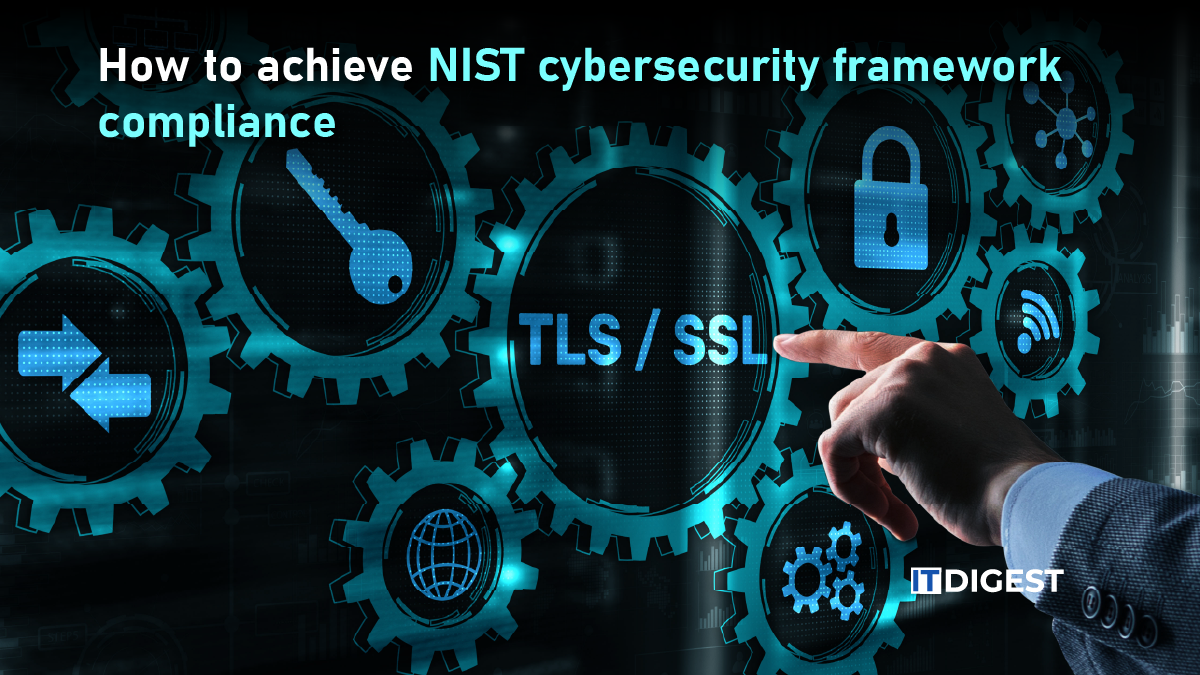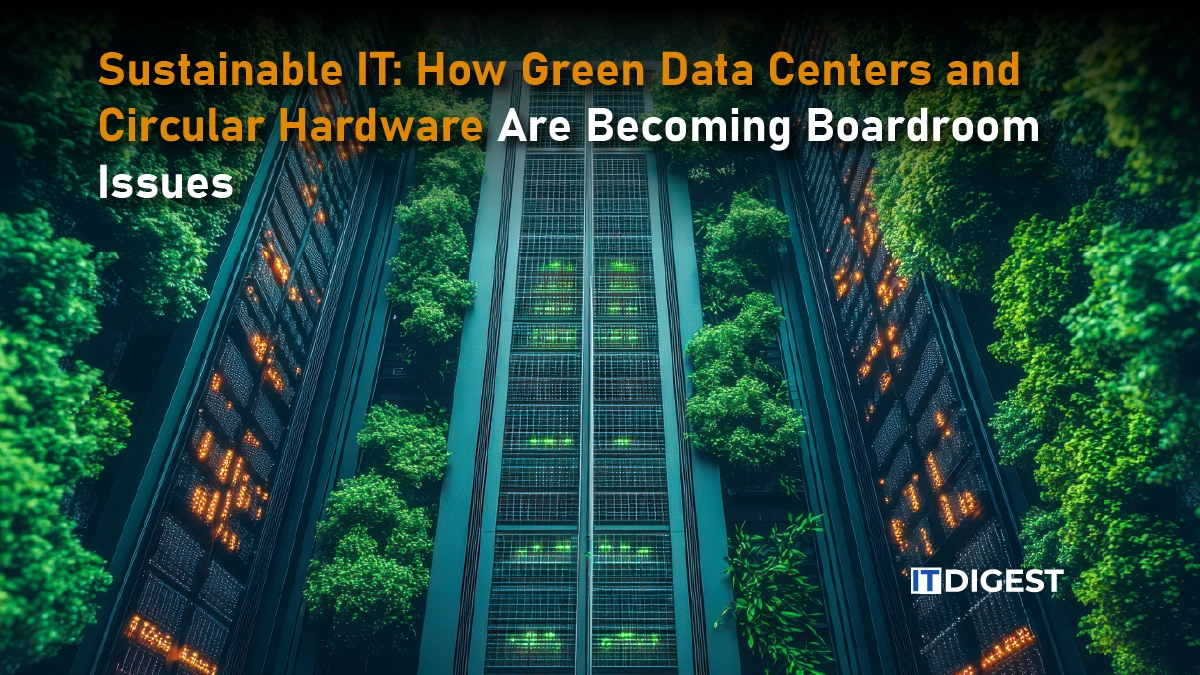IBM and Cisco announced a strategic collaboration to design and build a network of large-scale, fault-tolerant quantum computers, with the ambitious goal of realizing this vision by the early 2030s.
The collaboration hopes to bring together IBM’s quantum hardware and software capabilities with Cisco’s networking prowess to effectively build a distributed architecture for quantum computing. They aim at proof-of-concept validation within five years by connecting different quantum machines over cryogenic environments and enabling collaboration on big, complex workloads in quantum.
What the Collaboration Entails
- Distributed Quantum Network: IBM and Cisco want to physically connect multiple quantum computers using new hardware and software, including microwave-optical transducers, a quantum networking unit, and a supporting software stack.
- Quantum Networking Infrastructure: Cisco introduces a quantum data center architecture composed of hardware and software to protect fragile quantum states, handle the distribution of entanglement, teleport quantum information, and choreograph operations with subnanosecond accuracy.
- Long-Distance Connectivity: Beyond nearby machines, the companies want to send quantum information between data centers or buildings, using optical photons and transducer technology.
- Proof-of-Concept by 2030: The first demonstration will be an entanglement of qubits between independent quantum computers for joint computation over tens to hundreds of thousands of qubits, possibly running trillions of quantum gates.
- Funding & Ecosystem Support: Besides hardware, IBM and Cisco are going to co-fund research in academia and national labs to accelerate the quantum ecosystem.
Implications for the Quantum Computing Industry
The collaboration might mark a turning point for the quantum computing industry, moving the field beyond isolated quantum machines to scalable, connected systems-what many in the field call the “quantum internet” of the future.
-
Scalability at a New Level:
o Currently, quantum computers are fragile and operate in isolation. Networking them allows IBM and Cisco to scale not just up-bigger machines-but out, multiple machines working together.
o This distributed model may allow much larger computations than any single quantum processor could manage by itself, possibly opening up more ambitious applications.
-
Fault Tolerance:
o Fault tolerance – its ability to detect and correct quantum errors represents one of the major technical challenges for practical quantum computing. Already, IBM has a roadmap for large-scale fault tolerance by 2029.
o By distributing workloads, the overall system could tolerate more errors, or implement error correction more efficiently because the burden of computation and error-correction may be shared across the nodes.
-
Toward a Quantum Internet:
o The collaboration explicitly envisions laying the groundwork for the quantum computing internet with the aim of connecting quantum computers, sensors, and communication devices by the late 2030s.
o Such a network could completely change how quantum resources are shared, such as quantum computers talking to one another over the network, much like classical supercomputers talk to each other over traditional data centers.
-
Ecosystem Acceleration:
o By co-funding research and collaborating with national labs, IBM and Cisco are helping to build a stronger quantum ecosystem.
o This could engender innovations in quantum networking and error correction, as well as quantum software, which may lower the entry barrier for other players.
Also Read: NVIDIA’s NVQLink Enables Integration of Grace Blackwell Platform with Quantum Processors Across Leading Scientific Centers
Impact on Businesses in the Quantum Space
And there are broader implications of the IBM–Cisco announcement for a set of businesses operating in or around the quantum computing industry, including those in quantum startups, cloud infrastructure, materials research, pharma, finance, and high-performance computing.
-
Quantum Startups and Hardware Vendors:
Companies building new quantum architectures could now see a clearer route to integrating into a future network, rather than competing in siloed hardware. The vision of a connected quantum fabric could promote more modular hardware design.
-
Cloud and Data Center Providers:
Hyperscale cloud operators or HPC providers might use networked quantum machines within their infrastructure. If quantum nodes can be connected across data centers, the existing data center players may integrate quantum-enabled services or offer quantum compute as a distributed service.
-
Enterprise Application Users: Pharma, Materials, Finance
Large-scale networked quantum computing could make previously speculative quantum applications more viable, such as:
o Pharmaceuticals & Material Science: Multi-nodal quantum systems will more adequately represent complex molecules, materials, or chemical processes.
o Optimization: workload partitioning across quantum nodes has the potential to massively accelerate optimization problems, such as logistics and supply chains.
o Secure Communications: A quantum internet could allow for ultra-secure quantum communications, enabling sectors such as defense or finance.
Software and Algorithm Developers:
Programmers will have to think differently about how quantum algorithms are authored-not just for a single machine but for distributed quantum systems. This opens opportunities for new compilers, orchestration layers, and protocols handling entanglement, error correction, and distributed execution.
Challenges & Risks
While the vision is bold, significant technical and engineering hurdles stand in the way:
- Transducer Technology: Conversion among the stationary qubits in quantum processors and flying qubits-photons is non-trivial. Developing efficient microwave–optical transducers is a major challenge.
- Error Correction Across Nodes: Synchronization of error correction and entanglement distribution in several cryogenic systems requires very high precision and timing.
- Infrastructure Costs: Building cryogenic networks, quantum networking units, and data center interconnects could be expensive and complex.
- Standards and Interoperability: As more players enter, standardization in interfaces-both hardware and software-will become increasingly important for wide-scale adoption.
Conclusion
IBM and Cisco‘s collaboration marks a bold step forward for quantum computing. In building an ensemble of multiple fault-tolerant quantum computers, connected by quantum-protected high-speed data transfer, the two technology giants are not just scaling up quantum hardware but attempting to redefine what quantum computing could be.
If successful, the effort could unlock completely new classes of applications, catalyze the quantum ecosystem, and accelerate business adoption across industries. But deep technical challenges accompany the opportunity-from entanglement distribution and error correction to system synchronization and long-distance quantum communication.
This, nevertheless, constitutes a powerful pronouncement-that the quantum future may not just be about isolated quantum machines but could be about a quantum internet that links them.
































